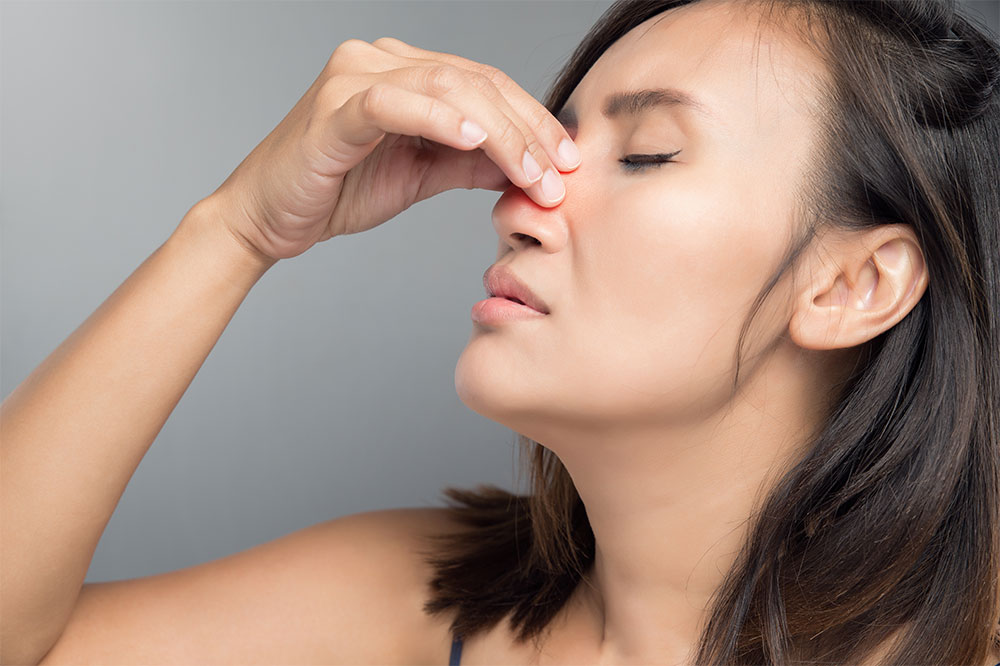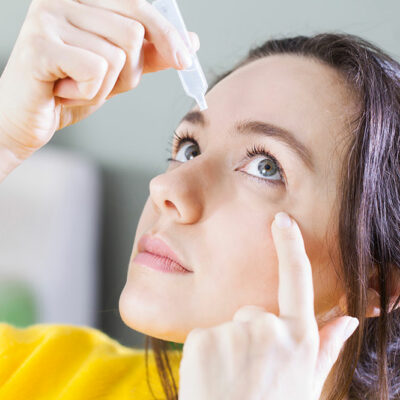
Diagnosis and Treatment Options for Nasal Polyps
The soft, benign, and painless growths often found on the sinuses or the lining of the nasal passages are known as nasal polyps. They appear like grapes or teardrops and might be an outcome of chronic inflammation. In addition, they are often related to recurring infections, asthma, medication sensitivity, allergies, or an immune system disorder. In this guide, we will address the diagnostic tests and treatment options employed for nasal polyps.
1. Diagnosis
Typically, the general physical examination of the nose is enough for the diagnosis of nasal polyps. For this purpose, the doctor might use a small lighted instrument to see the polyp. Some other tests performed for the diagnosis include
- Nasal Endoscopy
In this diagnosis, a narrow tube is coupled with a lighted tiny camera or a magnifying lens, which is inserted into your nose to fetch a detailed view of your sinuses and nose.
- Imaging Studies
CT scan can help the healthcare expert know the location and the size of the nasal polyp, if located in the deeper areas of the sinuses.
- Allergy Tests
You may even be asked to undergo some skin tests to ensure that it is not an allergy that’s responsible for the inflammation. When skin tests cannot be performed, the doctor will order a blood test, which checks antibodies of different allergens. Blood tests will also help determine the levels of vitamin D in the body as the dearth of this nutrient may cause nasal polyps.
- Tests for Cystic Fibrosis
When the child is diagnosed with polyps, the doctor may recommend cystic fibrosis tests, too. This inherited condition affects the glands that are responsible for saliva, sweat, tears, digestive juices, and mucus production. The test will determine if the child’s sweat is saltier than normal.
2. Treatment
Here is a common line-up of treatment measures for nasal polyps:
- Steroids
Your doctor might recommend nasal drops or steroid spray to lower inflammation and reduce the polyp size. Steroids are employed for patients who have one or smaller polyps. The common side effects associated with steroids include nosebleeds, headaches, and sore throat.
- Steroid Tablets
This line of treatment is used to cure severe inflammation or the larger polyps. Unfortunately, while they help reduce the polyp size, the tablets have severe side effects such as uncontrolled weight gain.
- Over-the-counter Medications
While these mdeications are given to cure conditions, they may be making the inflammation worse. Some such medicines include antifungals for fungal infections, antibiotics for bacterial infections, and antihistamines for allergies.
- Surgeries
These options are recommended only when polyps are massive or when the patient has not responded to other treatments adequately. Polypectomy is one of the most widely used procedures for polyp removal. In this case, the patient may be given a general or local anesthetic, and a thin and long tube annexed with a video camera is inserted in the patient’s nose and sinuses. The polyps are then cut with surgical instruments and micro-telescopes.


